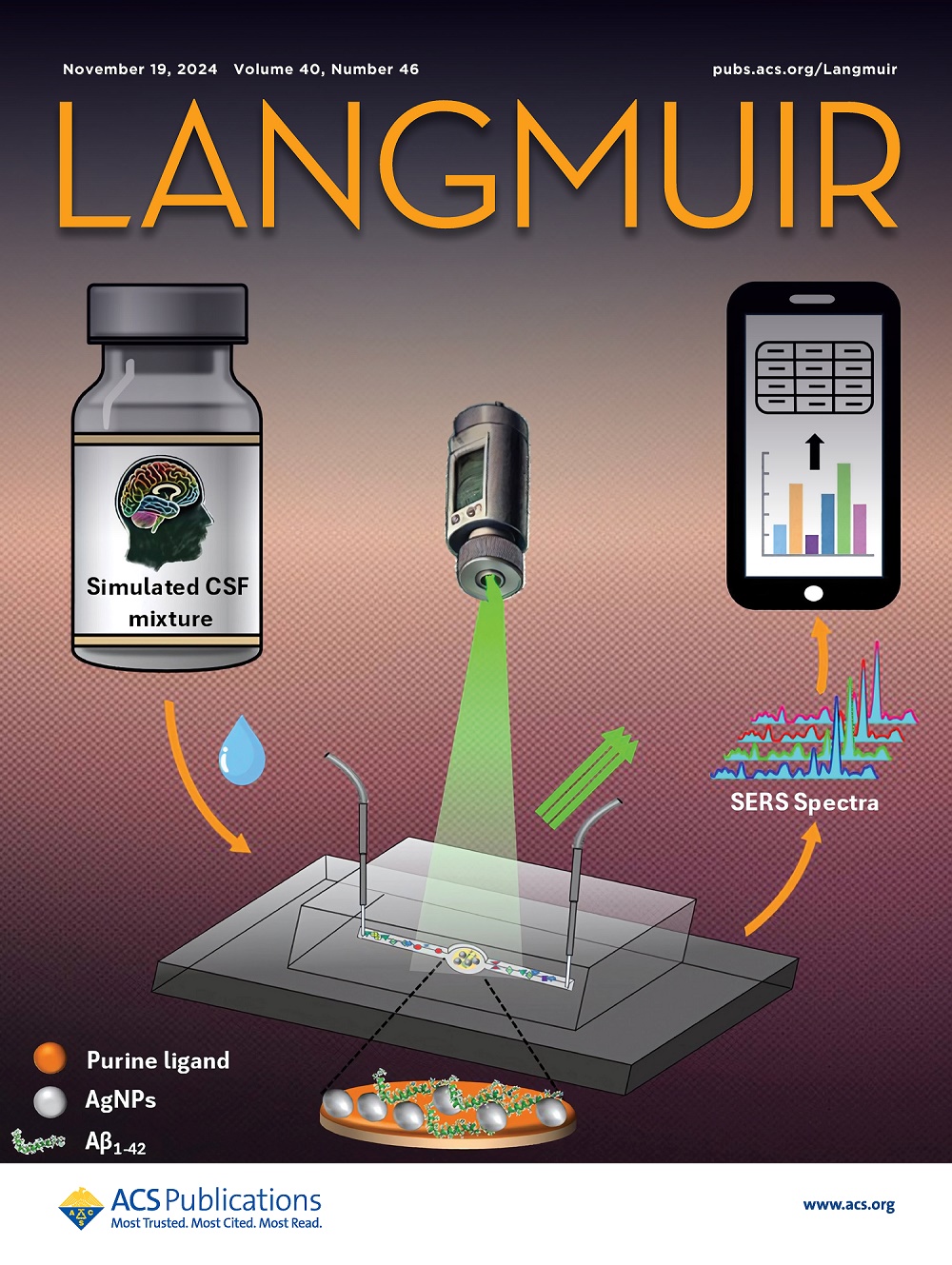Coarse-Grained Molecular Dynamics Simulation of Nucleation and Stability of Electrochemically Generated Nanobubbles
IF 3.7
2区 化学
Q2 CHEMISTRY, MULTIDISCIPLINARY
引用次数: 0
Abstract
With growing concerns over environmental pollution associated with fossil fuels, hydrogen (H2) energy has emerged as a promising alternative. Water electrolysis, a key hydrogen production method, is fundamentally governed by the nucleation and stability of electrochemically generated nanobubbles. This study employs coarse-grained molecular dynamics (MD) simulations incorporating a self-programming gas generation algorithm to investigate the nucleation and growth dynamics of nanobubbles on hydrophilic and hydrophobic electrodes. Key parameters, such as contact angle, electric current, and nanobubble number density, were computed to validate the MD model. The findings reveal a three-stage nucleation process: (i) induction─gas molecules accumulate to form a nucleus, (ii) nucleation and growth─gas nuclei expand into nanobubbles, and (iii) stationary state─nanobubble growth ceases. Increased electrode hydrophilicity resulted in larger nanobubble contact angles, aligning well with classical nucleation theory (CNT) at the nanoscale. Three distinct nanobubble types─surface, solution, and pancake nanobubbles─were identified, each exhibiting unique interfacial behaviors based on electrode properties. Solution nanobubbles primarily formed on hydrophilic electrodes, pancake nanobubbles adhered to hydrophobic electrodes, and surface nanobubbles appeared as spherical caps. Energy analysis and phase mapping further delineated the critical parameter ranges for these nanobubble modes, providing valuable insights for optimizing electrode materials to enhance hydrogen production efficiency.

求助全文
约1分钟内获得全文
求助全文
来源期刊

Langmuir
化学-材料科学:综合
CiteScore
6.50
自引率
10.30%
发文量
1464
审稿时长
2.1 months
期刊介绍:
Langmuir is an interdisciplinary journal publishing articles in the following subject categories:
Colloids: surfactants and self-assembly, dispersions, emulsions, foams
Interfaces: adsorption, reactions, films, forces
Biological Interfaces: biocolloids, biomolecular and biomimetic materials
Materials: nano- and mesostructured materials, polymers, gels, liquid crystals
Electrochemistry: interfacial charge transfer, charge transport, electrocatalysis, electrokinetic phenomena, bioelectrochemistry
Devices and Applications: sensors, fluidics, patterning, catalysis, photonic crystals
However, when high-impact, original work is submitted that does not fit within the above categories, decisions to accept or decline such papers will be based on one criteria: What Would Irving Do?
Langmuir ranks #2 in citations out of 136 journals in the category of Physical Chemistry with 113,157 total citations. The journal received an Impact Factor of 4.384*.
This journal is also indexed in the categories of Materials Science (ranked #1) and Multidisciplinary Chemistry (ranked #5).
 求助内容:
求助内容: 应助结果提醒方式:
应助结果提醒方式:


